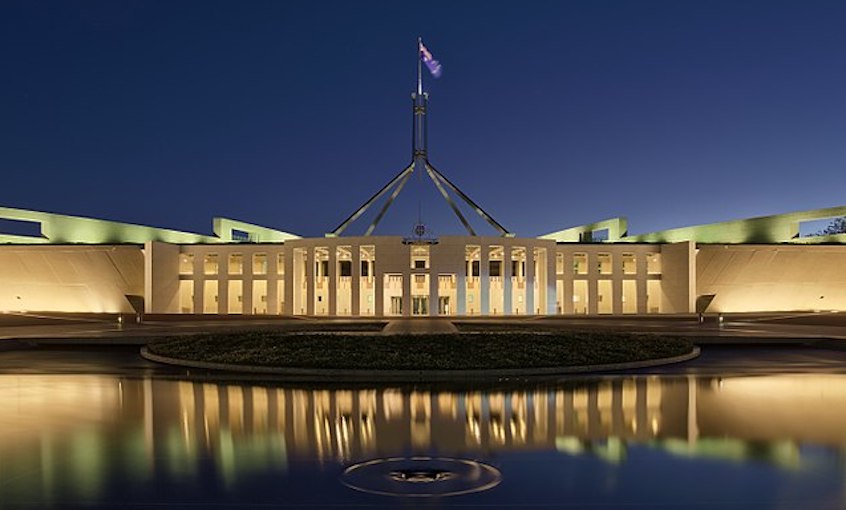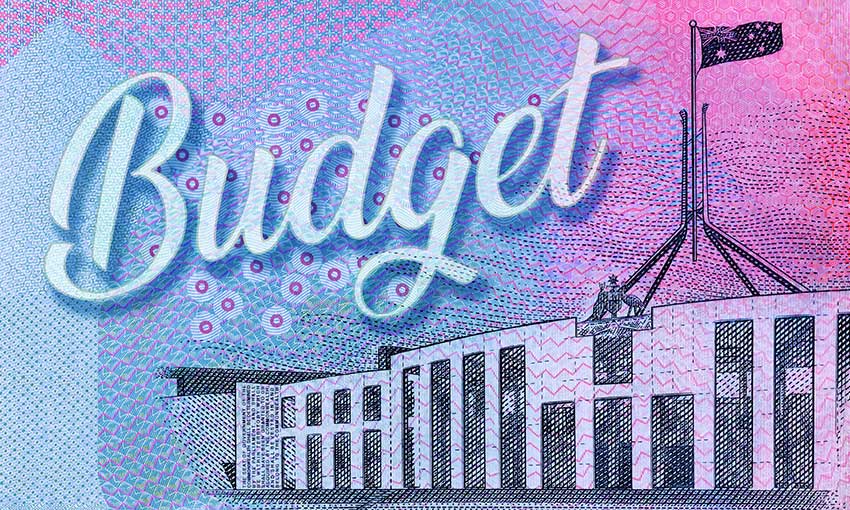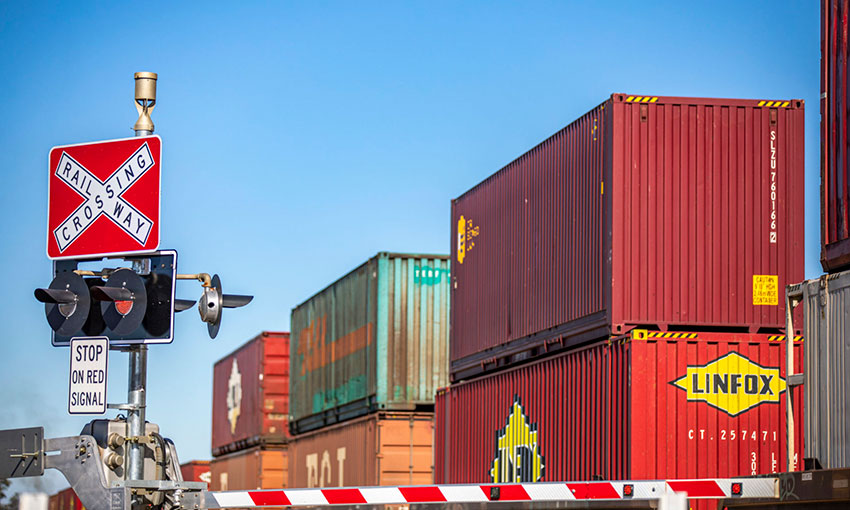THE strength of the national supply chain is a focal point of the 2022-23 Federal Budget, delivered on Tuesday evening.
Port infrastructure, rail freight terminals, and export industries are set to benefit from a record investment in infrastructure and a commitment to regional development.
Under this year’s budget, $17.9 billion has been committed toward new and existing infrastructure projects, and $7.1 billion toward regional industries.
Regional economies will receive a funding boost under the new Energy Security and Regional Development Plan, designed to transform key regions across Australia into next generation export hubs.
Targeted investments in regional infrastructure, low emissions technology, energy production, resources extraction and processing, and water infrastructure intend to open opportunities for production and growth.
According to a statement from Deputy Prime Minister and minister for infrastructure, transport and regional development Barnaby Joyce, investments include $1.5 billion toward projects in the Pilbara region and $750 million toward projects in the Hunter region.
It also includes $2.6 billion toward projects in the Northern Territory and $1.7 billion for projects in North and Central Queensland.
“These regions will drive our economy, strengthen export markets and support the growth of existing and emerging industries, including mining, agriculture, energy, critical minerals and advanced manufacturing,” the statement said.
Pilbara region investments
Through its investment in the Pilbara region, the government intends to support new industries and establish the region as a major export hub.
Port of Dampier will see a $285-million investment in infrastructure upgrades.
New low-emissions manufacturing facilities in the Pilbara region will receive $200 million in funding to enhance the nation’s supply chain security.
Additional infrastructure will be constructed at Lumsden Point at Port Hedland to better facilitate imports with a $280 investment.
Onshore processing and value-add of iron ore exports will increase with a $200-million investment to support low emissions steel production in Indo-Pacific customer countries such as Japan and Korea.
Hunter region investments
The government’s $750 million investment in the expansion of the Hunter region will be allocated toward new export industries while continuing to support traditional industries, strengthening the local economy and its position as a leading global exporter.
Notably, $100 million has been committed to support early works to make the Port of Newcastle “hydrogen ready”.
Queensland investments
In Queensland, a $1.7 billion investment in large-scale infrastructure will help the state’s north and central regions become major suppliers of food and fibre.
The Inland Freight Route will receive $400 million in funding to better connect regional mining and agricultural businesses with domestic and international markets.
Port of Bundaberg will benefit from $7.7 million committed to the construction of a new common-user infrastructure as part of the Hinkler Regional Deal, building on the government’s existing $10 million commitment to the project.
Northern Territory investments
In the Northern Territory, the government will invest $2.6 billion in infrastructure projects to transform the NT into an industrial hub for next generation exports.
New port infrastructure including a wharf, an offloading facility, and dredging of the shipping channel will be funded by a $1.5 billion investment to boost the region’s importing and exporting ability.
A new logistics hub at Alice Springs, Katherine and Tennant Creek will be built under a $440 million investment to facilitate more export activity out of the Northern Territory.
The region’s supply chains will be strengthened by a rail spur and a new road network, with $200 million committed to developing the Middle Arm Sustainable Development Precinct.
The broader economic plan
Prime Minister Scott Morrison said the provision of record funding for road and rail projects is a key part of the government’s economic plan.
“By investing in these projects, we are delivering the infrastructure that the Australian economy needs to grow, to get Australians home sooner and safer, and generate thousands of jobs and new opportunities for small businesses right across the country,” he said.
The Deputy Prime Minister said the investments would drive the growth of industries that generate the nation’s wealth.
“Getting more commodities to ports and sending them overseas will generate more export income, making our nation wealthier and stronger,” he said.
“Better roads and infrastructure will enable that.”
Treasurer Josh Frydenberg said the measures in the budget will secure Australia’s supply chains against the impact of uncertain and unexpected circumstances.
“By enhancing transport connectivity, we’re strengthening our supply chains against challenges such as COVID‑related disruptions and the impact of natural disasters.
“This gives businesses and consumers the confidence and certainty they need in uncertain times.”



